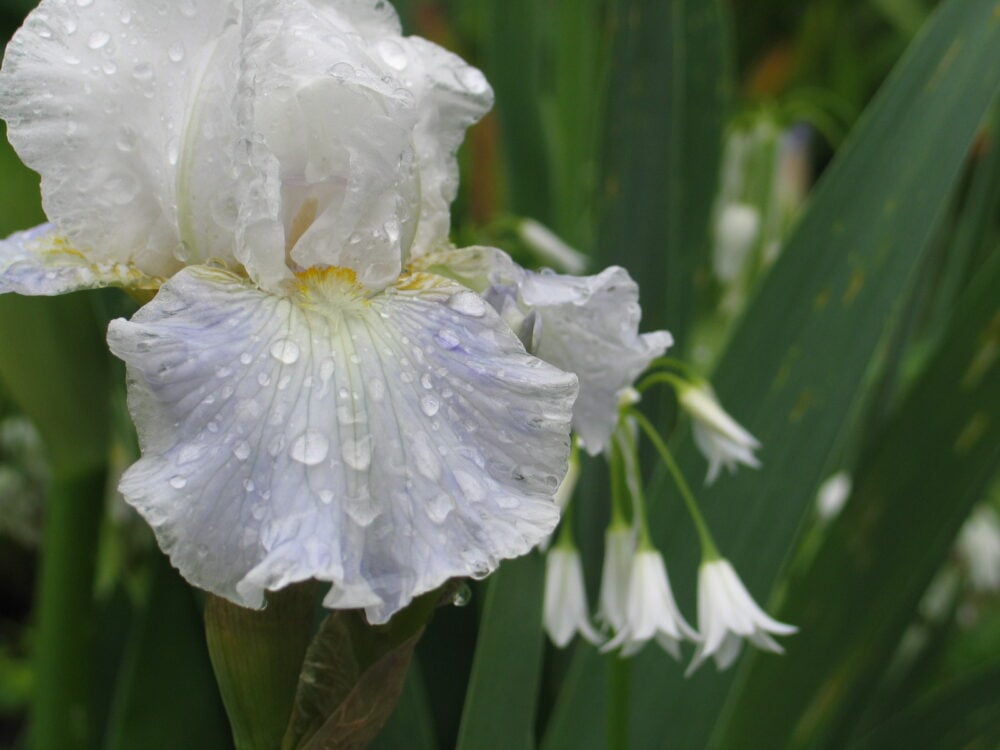
Florence Bellis, Changing Spring

Contributor
- Topics: Garden Futurist, Plants You Need
Spring 2025
While not a household name in the realm of horticulture, Florence Bellis single-handedly changed the gardening world surrounding the beloved flower of spring—Primula, also known as primrose.
The name primrose is derived from the Latin “flor di primavera,” meaning the “first flower of spring.” Her horticultural innovations elevated the plant from a novelty in American gardens to a recognized icon of spring throughout temperate North America, Europe and parts of Asia. This happened almost by accident.
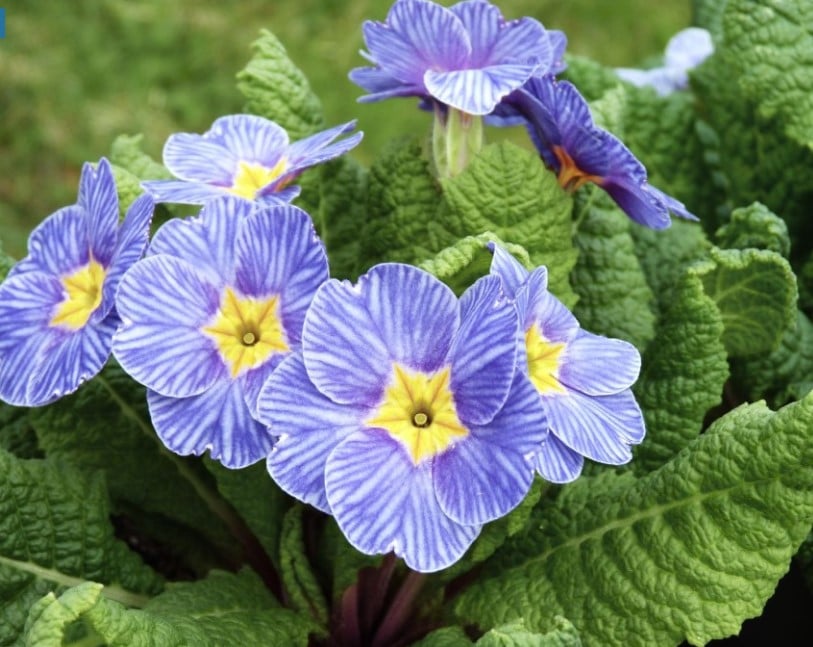
In the depths of The Great Depression, Florence and her husband were forced to move into an old barn along Johnson Creek in Gresham, Oregon, that was owned by a wealthy acquaintance. They moved what belongings they had into space shared with the hay. They used wooden orange crates for furniture and kerosene lamps for light. The first time she saw the space, she said her impression was that, according to the Barnhaven website (2025), “It was nothing to look at with its ocher-coloured paint faded into the wood, but circumstances made it the most beautiful thing in the world. It was a haven and when I crossed the creek and stepped into the lane leading to it, I had a strange feeling of destiny.” This old, weathered barn marked the beginning of Barnhaven Primroses.
On a whim, Florence decided to purchase a few packets of polyanthus primrose (Primula x polyantha) seed from the notable UK seed house Suttons Seeds, out of a catalog she had seen at a friend’s home. Polyanthus refers to the fact that they produce several flowers per stem. Polyanthus primroses are a naturally occurring hybrid of the cowslip primrose (P. veris) and the common primrose (P. vulgaris) that gardeners have been growing and breeding for generations. Both species are native to most of Europe and have overlapping ranges where both gardeners and pollinators have been at work creating hybrids.
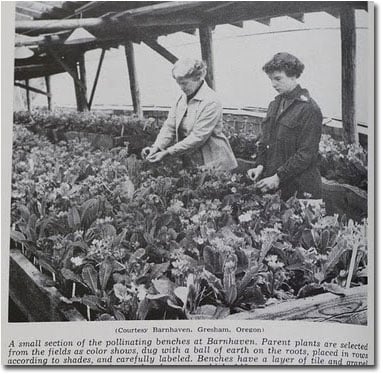
Florence sowed the seed in homemade flats. The following spring, she planted out over 1,500 plants along the banks of the creek. These were the first plants she had ever grown, wrote Kym Pokorny for the Oregonian following Florence’s passing in 2004.
Later, she reflected, “They were out budding and blooming along the sylvan walks and creek banks. Soon my fingers had pulled a bloom in half, and there in my hand lay the wonder which was to revolutionize the primrose hybridizing world. This insight was followed by the discovery of how to properly pick, cure and store seed, and how to bring germination in a few weeks instead of nearly a year, if at all.”
She recognized these insights without ever having grown a plant or read a gardening book, let alone a botany text (Pokorny 2004). Perhaps the lack of botanical training freed Florence from following accepted plant breeding principles, Pokorny postulated. Florence was gifted with innate observational skills and abandoned the painstaking traditional method of using a paintbrush to transfer pollen. Instead, she just used her fingers, a technique that had not previously been shared (Pokorny 2004).
“By observation, I had escaped the tediousness of the traditional brush with its slowness; instead of each stigma being lightly brush-touched with pollen, my fingers transferred a heavy load making the seed set phenomenal,” she later wrote (Bellis 1987).
Before long, word got out about the lushness of her creekside plantings and visitors began to arrive. She turned these visitations into a money-making opportunity by selling her plants. While this was happening, she set out to improve the primroses that were currently available. She didn’t like the muddy flower color that many plants exhibited, according to her friend Anita Alexander, and she began selecting what she felt were the best examples of “clean color” (Pokorny 2004). She selected and crossed the plants that met her criteria. She planted the resulting seedlings back out and reselected until the color and form were pure to her liking (Pokorny 2004).
Her exceptional skills in horticultural observation gave rise to opening a mail-order business of her plants and seed. This began her 30-year journey of improving the genus for gardeners far and wide.
She accomplished what traditional breeders had not been able to do—she had created hybrids that came true from seed and showed hybrid vigor producing excellent plants for her customers. Over time, conventionally propagated plants from cuttings and divisions would go into decline and become more disease prone, creating a less-than-optimal situation for keen gardeners; Florence’s work ushered in a new best practice.
As a young student in the Ornamental Horticulture program at Washington State University, how could I have known that years later, while serving the fourth public garden of my career, I would benefit so much from her work?
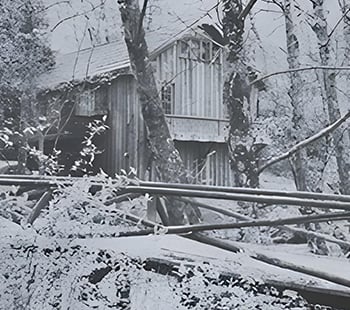
With its cool, maritime climate, Juneau, Alaska, is ideally suited for the cultivation of primroses. As director and horticulturist of the Jensen-Olson Arboretum (no personal relation), I took the opportunity to grow its existing collection of 30 primrose species and cultivars. With time, I built the collection to 212 species and cultivars. Under my tenure, the collection received Nationally Accredited Collection status for the genus Primula by the Plant Collections Network of the American Public Gardens Association (2015). Those best practices that Florence developed and refined became an integral part of my success as a propagator, and part of the collective consciousness of successful primrose breeders today.
During her life, Florence’s deep interest in cultivating primrose took her to Oregon State University, where she researched the subject. She gleaned information from Journal of the Royal Horticultural Society volumes “dating from early Victorian years, the French [Revue] Horticole volumes, and those of the [Belgique] Horticole” (Bellis 1976).
Her passion, coupled with her research, must have been the inspiration for her next undertakings. She authored a series of articles in the Oregon Journal, Portland’s daily afternoon paper. The series was a hit and led to the formation of the American Primrose Society (APS) in Portland in 1941 (Barnhaven 2025).
“One flower” societies were much in vogue at that time and the founding board persuaded Florence to become the editor of the Quarterly, the APS journal, a position she held for the next nine years (Bellis 1976). She penned numerous articles over the years which eventually led to her book Gardening and Beyond.
In Gardening and Beyond, she wrote about a wide range of subjects from “soil chemistry, the long evolution of plants and animals, agriculture and the Industrial Revolution, exploration for plants in the 19th Century, and the joys and frustrations that alternate in every true gardener’s life,” wrote Allen Lacy in 1987 for The New York Times. Her book was well received in the gardening community.
“The Barnhaven primroses enrich our springtime gardens; Gardening and Beyond enriches the gardener’s library,” Lacy concluded (1987).
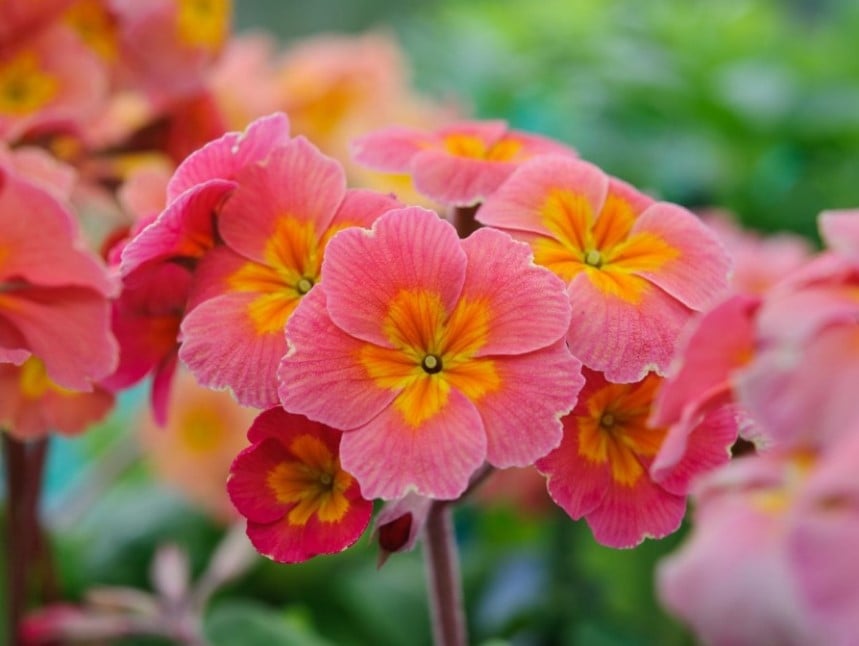
Retrospectively, Florence likely would not have been impressed with all the fuss that surrounded her accomplishments, her friend Anita Alexander explained (Pokorny 2004). She was more concerned with what her peers thought about her body of work. The work itself mattered more to her than the many accolades she received. “A workaholic with more patience and determination than a dog on point, she was happiest when productive” and moving forward in the process of improving her plants (Pokorny 2004).
Primroses were not her sole focus; she loved music and had been a concert pianist before The Great Depression brought that part of her life to a halt (Pokorny 2004). “She was fond of cooking, reading, writing, and had an enormous intellectual curiosity” about the natural world around her (Pokorny 2004). She and one of her contemporaries, Rae Berry, another accomplished horticulturist, enjoyed each other’s company, yet didn’t influence the other with their particular skill set. Florence was the accomplished breeder; Rae was a focused plant species collector and each respected the other’s endeavors (Pokorny 2004).
Learn more about Rae Berry from Merrill Jensen

How the Genus Primula Connected Three Horticulturists, Resulting in Public Gardens, Conservation, and Cultivation by: Merrill Jensen
n 1932, she penned the article Primulas in my Garden for the American Horticultural Society’s journal The National Horticultural Magazine where she shared details of growing the 61 species she was cultivating with great success in her backyard. She became a source for cultural information for an extensive network of other plant collectors and gardens. She also targeted Sino-Himalayan Rhododendron species to plant. >> Read Article
As evidenced in Gardening and Beyond, Florence had no formal background in horticulture, but with her highly inquisitive mind she relied upon what I refer to as the “observe-deduce-apply” methodology in her approach to growing her plants. Her initial success that first season awakened something that compelled her to keep forging ahead. As her endeavors gained attention with the gardening public, she continued to refine what was working with her unique, innovative approach to plant breeding. Her method of pollinating Primula is still in use at Barnhaven today (Barnhaven 2025).
In 1966, after 30 years of dedicated hard work, she passed her entire seed stock to skilled former customers, Jared and Sylvia Sinclair in the United Kingdom. The Sinclairs and subsequent owners of Barnhaven have maintained Florence’s original lines as well as introducing new cultivars to the world-famous collection (Barnhaven 2025).The current owners of Barnhaven, Rob and Jodie Mithchell, took over the business from her parents, Lynne and David Lawson, in 2019.
The Lawsons were the fourth owners of this thriving nursery and, in 2004, added hellebore (Helleborus) breeding to the mix (Barnhaven 2025). They created stable strains with the same breeding techniques used with Primula. In 2016, they acquired the UK National Collection of Show and Alpine Auriculas, which added another dimension to the diversity of plants they were growing (Barnhaven 2025). The Mitchells have taken an additional step by including some of the Asiatic species of Primula that historically have been difficult to locate in the trade.
Stewarding a plant collection, whether as part of a national collection or as part of a successful adventure in business, requires a unique level of commitment. The Mitchells have embraced their work to the benefit of all of us who are beguiled by this genus.
“We have inherited a heavy and precious burden and we are committed to safe-guarding the work of all the people that have gone before us and to ensure that the genetic plant heritage is not lost. We are also aware of the importance of maintaining some of the rarer species that are disappearing from the wild with the impact of climate change and ecological damage.
We hope to continue to produce beautiful plants for your gardens for many years to come and with the wish that one day we will be able to pass Barnhaven’s magic wand on to the next generation.”
Jodie Mitchell
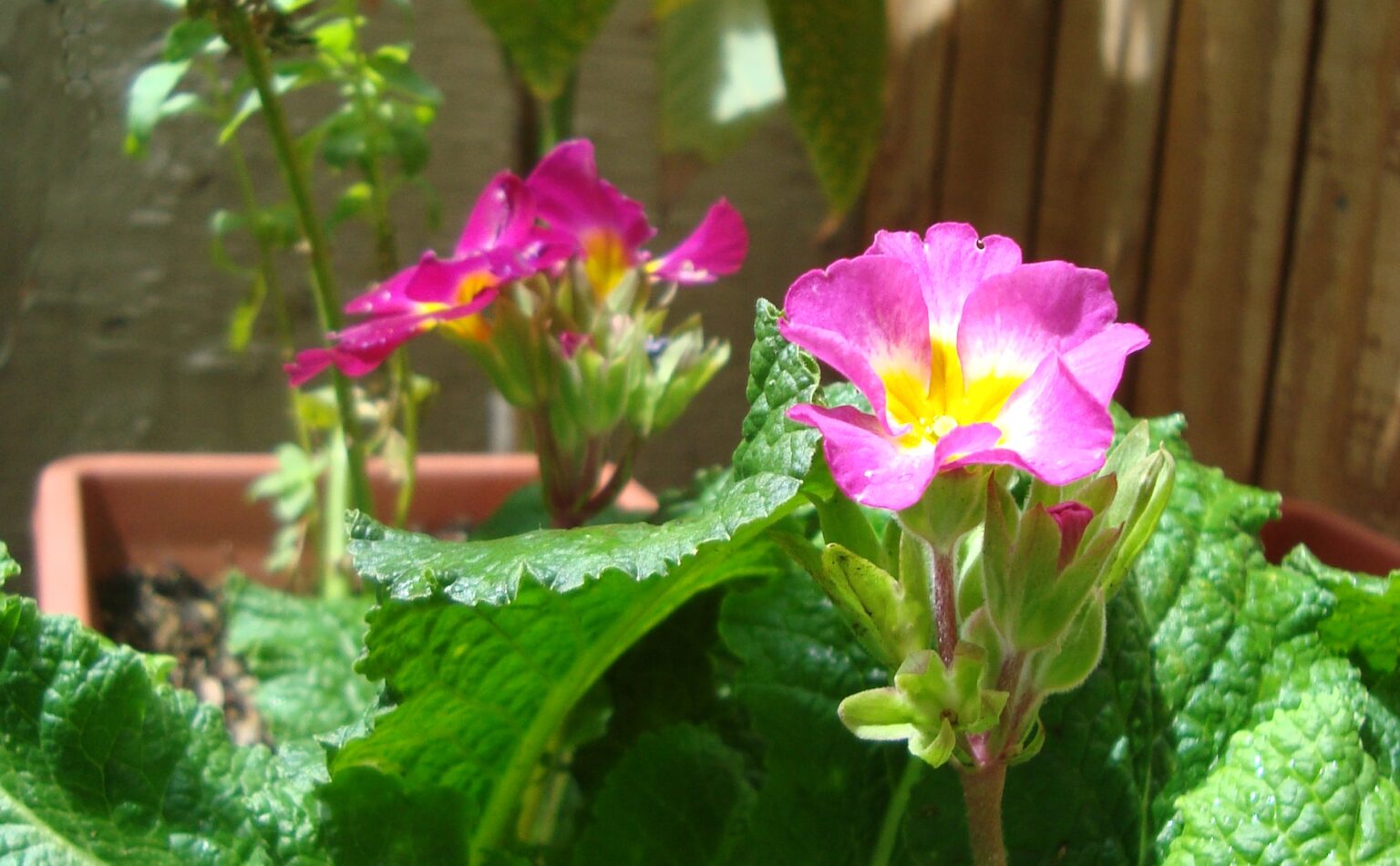
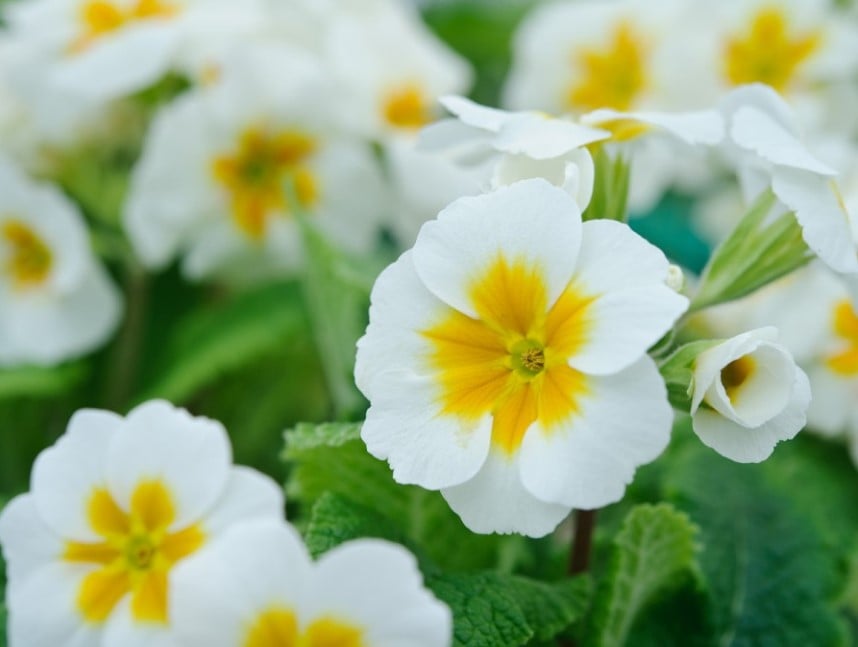
Resources
Barnhaven Primroses is the still-thriving nursery that Florence created almost 90 years ago. Here, you will find a robust and storied selection of the genus’s offerings.
“Fortunately, Spring—Like Pippa—Passes, or, Life at the Primrose Factory” [.pdf] is a retrospective, tongue-in-cheek article that Florence wrote in 1971 that shares the trials and tribulations of operating a mail order nursery business.
American Public Gardens Association. 2015. “Primula.” Plant Collections Network. Published Nov. 9, 2015.
Barnhaven Primroses. 2025. “History.”
Bellis, Florence. 1987. Gardening and Beyond. Timber Press. Quoted in Kym Pokorny. 2004. “At her fingertips: How a Gresham woman’s magic touch gave primroses new life.” The Oregonian. April 15, 2004.
Bellis, Florence. 1976. “First Steps” American Primrose Society Quarterly.
Lacy, Allen. 1987. “Summer Reading; Gardening.” The New York Times. May 1, 1987.
Pokorny, Kym. 2004. “At her fingertips: How a Gresham woman’s magic touch gave primroses new life.” The Oregonian. April 15, 2004. Reprinted at Log House Plants.


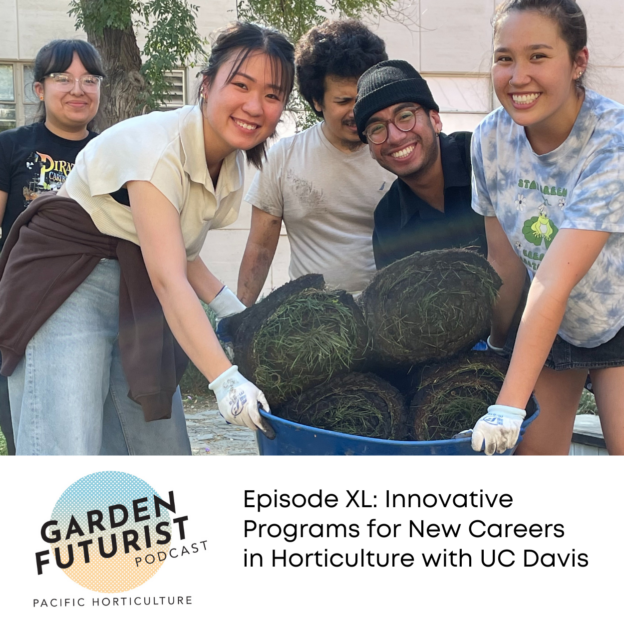
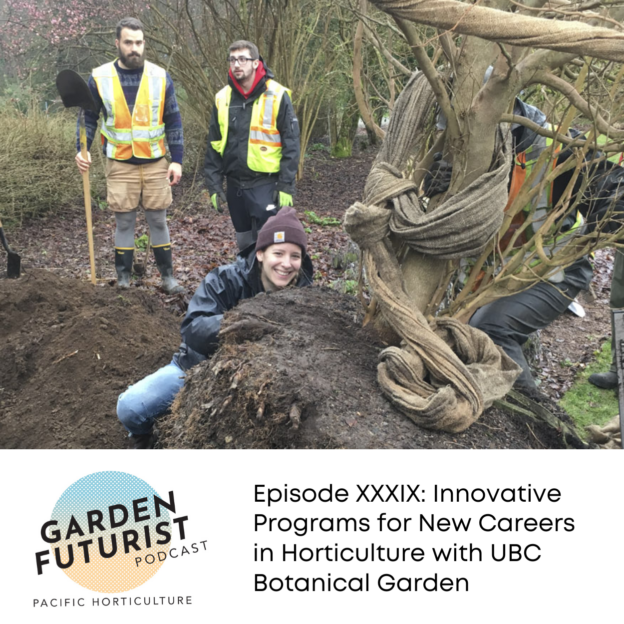

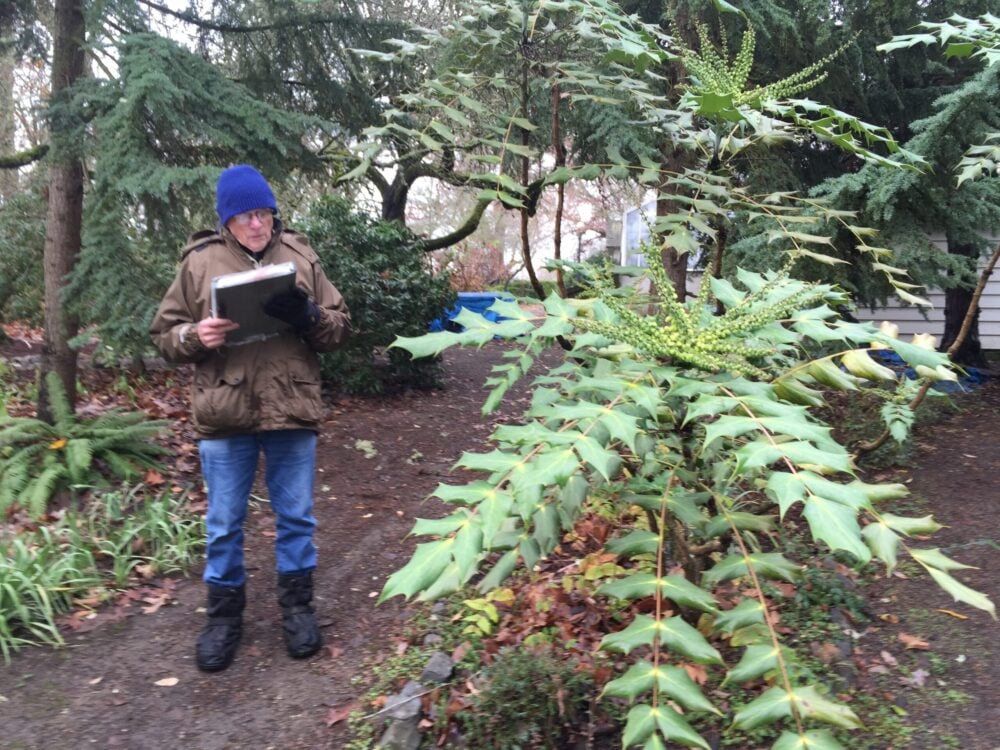
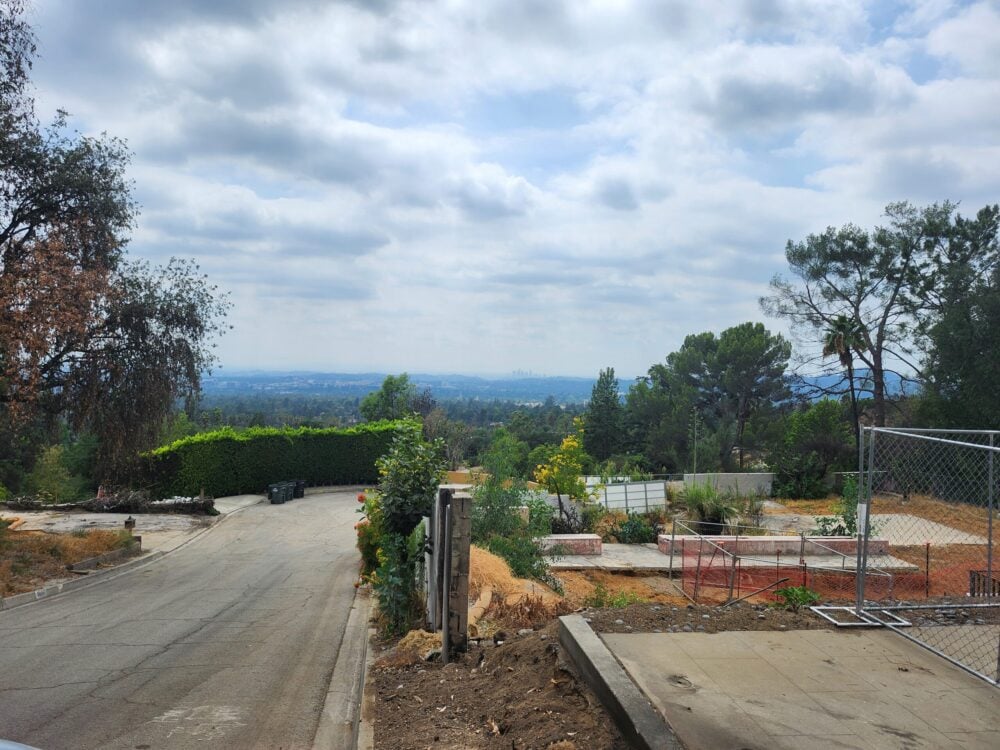
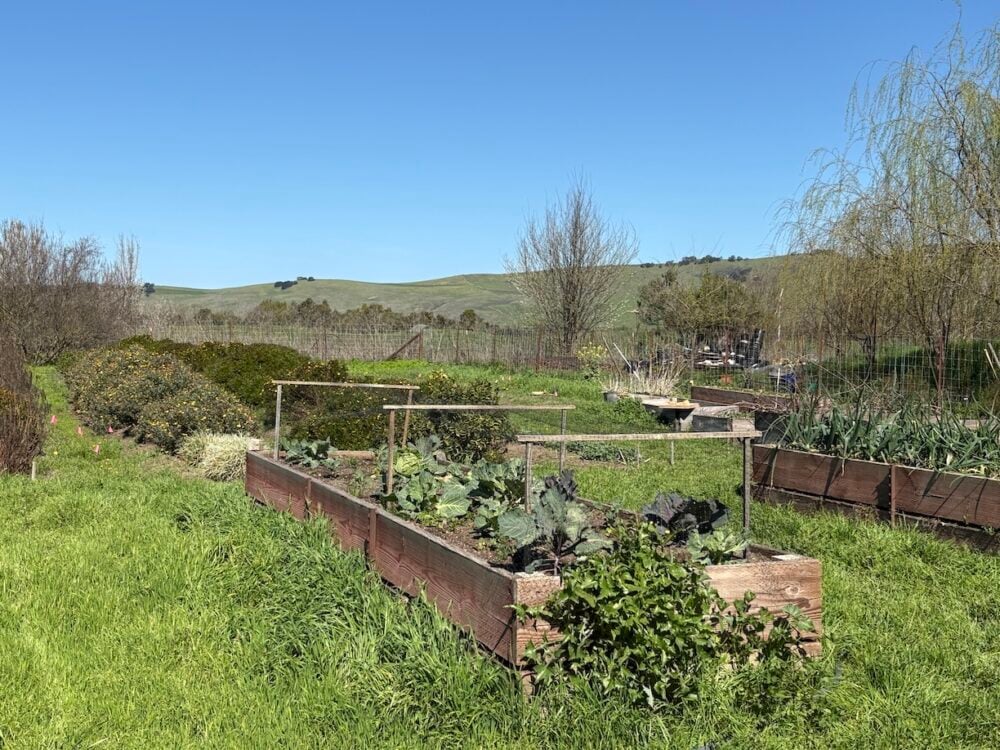


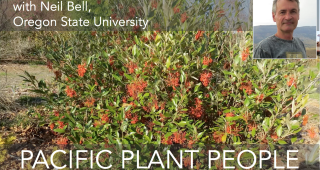
Responses